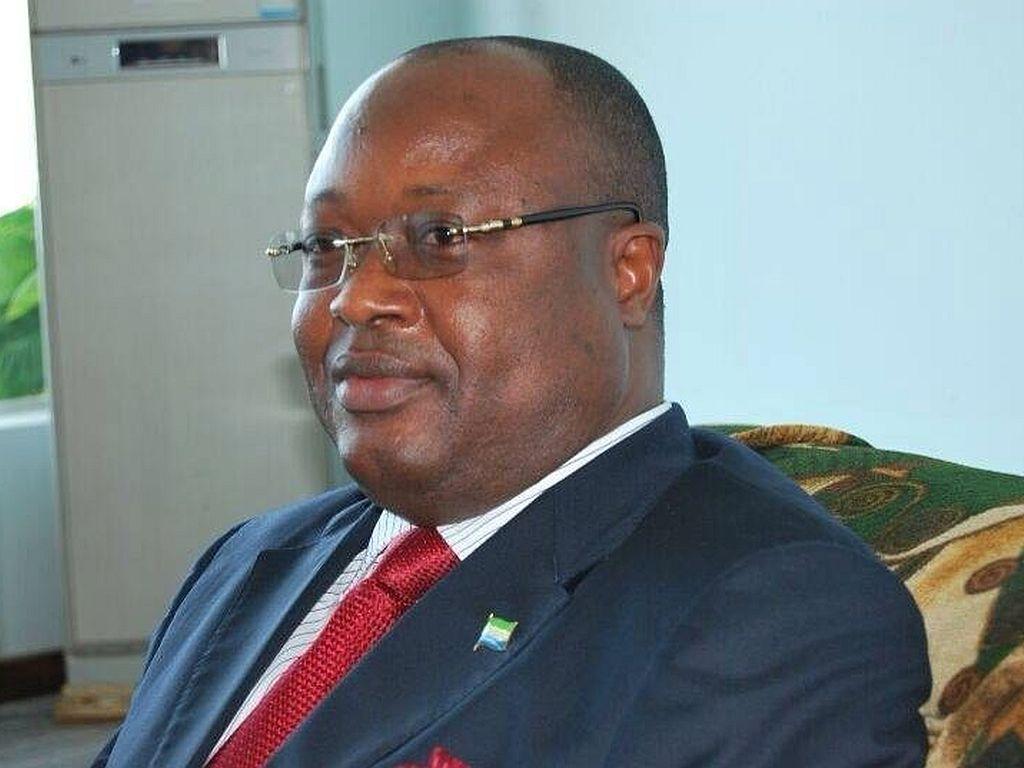By Tanu Jalloh
I am looking at a document titled “Joint Response to Youth Employment in Sierra Leone”, with a programme duration of three years ending in 2012.For the purpose of this piece, let’s shorten the title to JRYESL.
The programme, which is supposed to help tackle youth problems between 2010 and 2012 has elapsed and I wonder whether the expected results of creating 106, 000 jobs were achieved. An additional 3,000 placements were also envisaged. In a sequel to this critique, I hope to look at the current placements and present ‘job creation’ drive from the point of view of the youth commission.
They sound very much like a show of the altruistic tendencies of non-governmental organisations [tongue-in-cheek], who come in crisis situations to help the deprived and afflicted. In this case the youth in Sierra Leone are the afflicted –marginalized, ostracized, used and disadvantaged by politicians because they are vulnerable.
Thus, I am particularly interested in the issues of youth (un)employment, youth empowerment and all of those related issues relating to the economy. So I make it an issue on my business and economy page. Here, I am dealing with the fundamentals of an economy that is far removed from its foundations, and confining my arguments to the youth factor.
As a matter of fact the working document, a joint response to youth problems generally in Sierra Leone and implemented by agencies known only as “national counterparts” , was put together with support from the United Nations, the German agency, GTZ and World Bank. In total, the available budget was $46 million or one hundred and ninety seven billion, eight hundred million leones. On average that is about 6.5 percent of the country’s annual budget.
In their view, and a view shared by the current government, “there is a sheer lack of reliable information on youth in Sierra Leone and therefore the interventions on youth issues are not always based on reliable information about the situation of youth (Page ii)”.In project terms that was a justification for their intervention and in two years most of what constituted their problem statement was supposed to have been addressed by their own estimation. As I write, probably the only tangible reason to have mobilized that huge amount of money is the creation of an epileptic youth commission. I have some proofs.
A latest economic outlook shows that I have a reason to harbour some cynicisms, hence my critique. It says “youth unemployment is a challenging social problem in Sierra Leone. The country’s youth unemployment rate of 60% is amongst the highest in the West African sub-region”,(African Economic Outlook 2012, Page 2).This appraisal comes exactly four years after the full life span of the government’s “Agenda for Change”. The document says in the context of the second Poverty Reduction Strategy Paper (PRSP II) [Agenda for Change] for 2008-2012, the government implemented new legislation for youth-friendly initiatives that aim to provide an environment conducive to youth development, employment and empowerment.
How do we gauge the conduciveness of the environment for youth empowerment to which the government aspires? “Most of the interventions previously carried out in the youth sector in Sierra Leone have been supply oriented, focusing on training and enterprise start-ups without actually creating any demand for the jobs the youth have been trained in”(JRYESL 2010-2012, Page 3). This also is supposed to be a reason to save the current youth crisis from further festering after a long fomentation dating back to the pre-war years. This is 2013 and yet the country faces an even more precarious future, not only because efforts are lacking in genuineness but because expectations of the youth are unbelievably high. The government is guilty of creating those overfed impressions.
Again the new sector strategy on employment in Sierra Leone was “to focus on stimulating economic development – including private sector development and local economic development – as a catalyst to creating the demand for real jobs.”Where are the jobs? Some 106,000 jobs were to have been created by 2012. Where are they? I wish their evaluation mechanism, if at all there is, is open to such parallel oversights in a way that ensures tangible living results and the validity of their premise for an economic intervention. The focus was to createemployment first, and then match the types of skills training provided to the types of jobs demanded.
Concerns
I am one of hundreds of citizens who are concerned with results but also about ideas that do not work. Concerned not only because the country stands to pay back some $10.5 million out of the $20 million World Bank funding programme (part credit 55%, part grant 45%) but also because even the $13 million GTZ funds through its employment promotion programme and the $9 million UN funding were meant to touch the lives of the youth the economic foundation of the country. (See page 16 of the document).
The authors of that paper knew there was a problem with the youth situation of the country at the time. They also knew that that could be a potential area to racket some funds and further rankle the perennial youth problem. They argue that “in recognition of the serious challenge youth unemployment presents, the key development partners in youth employment in Sierra Leone (the United Nations (UN) family, German Development Cooperation (GTZ), the World Bank and the European Union) have all come together in a Joint Response to youth employment and are working with the government in a sector-wide approach to tackle this challenge.” What have they done in terms of the percentage of successes registered and the impact their intervention has had on the youth situation in Sierra Leone.
Now let’s check out some of those areas of intervention and agree or disagree, as the case may be, on how much improvement on youth there is between 2012 when the programme elapsed and August of 2013. The three year joint response programme was supposed to look at "Labour Intensive Public Works; Private Sector and Agro-Business Jobs; Skills Development and Employment Support; Youth Empowerment; Research on the Situation of Youth; and Sector Planning and Coordination” (See page 1 of the document).Look around the country and agree or disagree with me that despite the funding and intervention into those six crucial programmatic areas the room for improvement is as huge as it never was.
Nothing Changed
“The youth population in Sierra Leone is substantial and makes up one third of the total population (Approximately 1, 500, 000 young women and men). Of this group, 70% are underemployed or unemployed and 50% illiterate and unskilled. There is visible unemployment, particularly among young men, who can be found in the streets of Sierra Leone’s capital Freetown and other urban centres. Many of the pre-conflict conditions that helped fuel the youth’s participation in what was a brutal conflict (exclusion from family life, society, jobs and the decision making processes as well as living under oppressive traditional and cultural systems in the rural areas) still exist today. Large numbers of unemployed youths are a potential source of insecurity given their vulnerability to recruitment into criminal and violent activities.
“This was demonstrated [in March of 2009] when in Freetown, Kono and Pujehun, youth led violence led to the signing of the Joint Communiqué between the major political parties. In the Tongo By-Election…, February 2010, we continue to see unemployed youth engaged in political violence” (Joint Response to Youth Employment in Sierra Leone, Page 1).
© Politico 05/09/13








